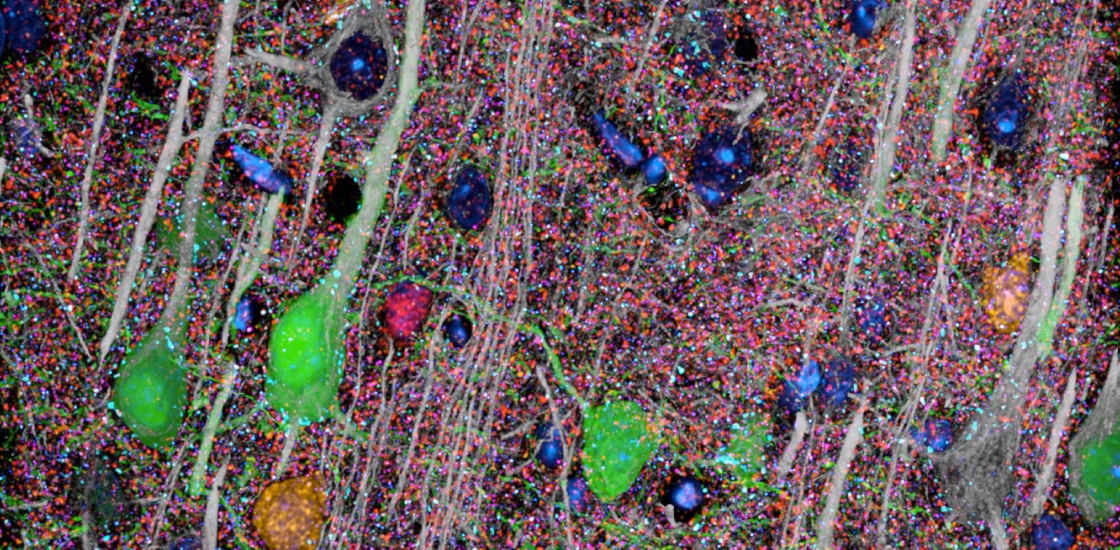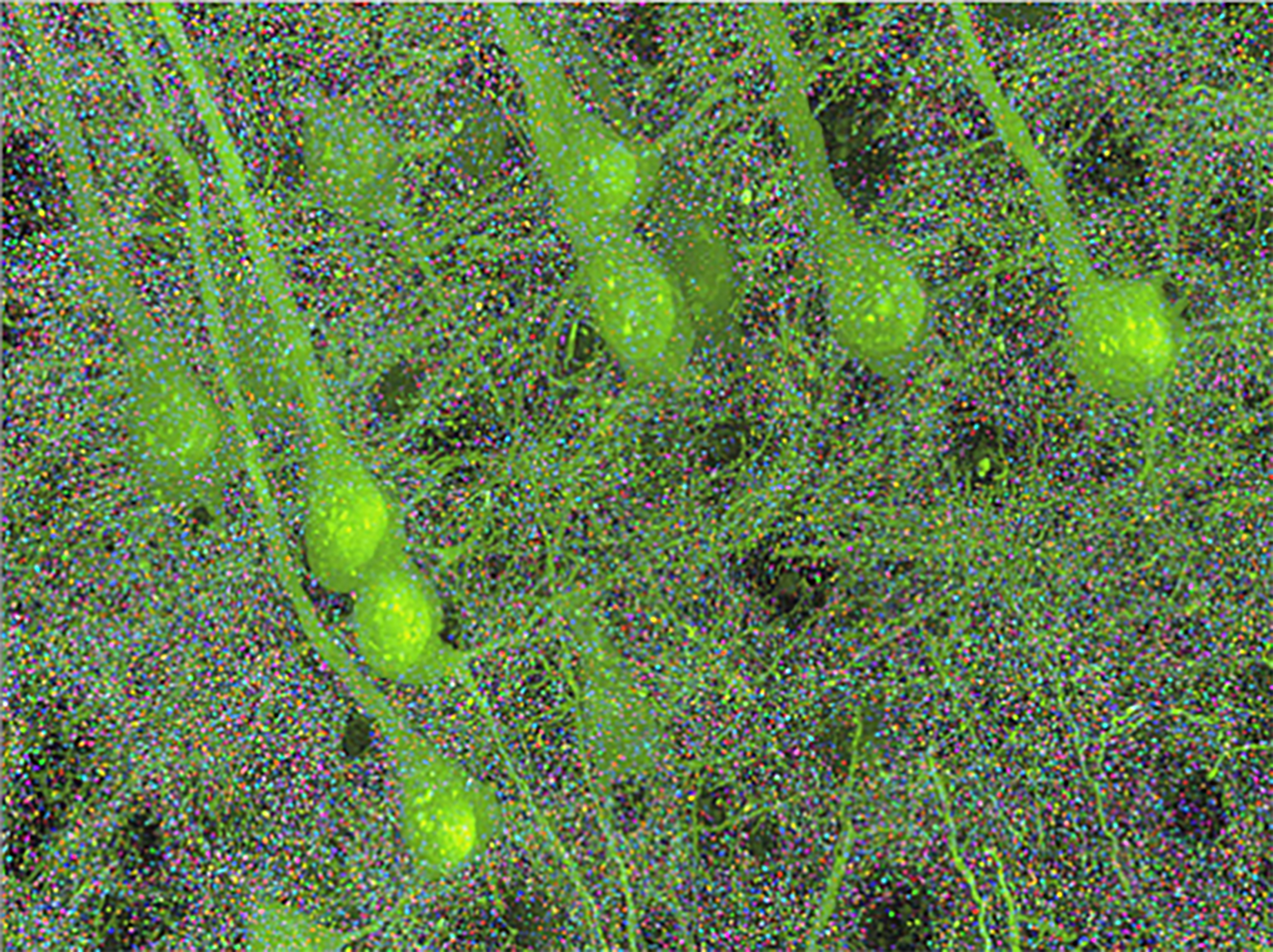How studying sleep in animals could unearth autism’s roots
Sleep problems may contribute to autism’s underlying biology — a connection that scientists can study in animal models.

Sleep is critical for children’s development and for proper maintenance of their brains. A majority of autistic children suffer from sleep disturbances, which may disrupt these crucial processes.
Sleep problems in autistic people were initially thought to be a result of behavioral issues associated with the condition. However, altered sleep patterns and circadian (day-night) rhythms have since been observed in animal models of autism and of many related conditions, including fragile X, Rett, Prader-Willi and Angelman syndromes1,2.
The commonality suggests that sleep problems are part of autism’s underlying biology and may even contribute to the altered brain structure and activity seen in autistic people.
Given that sleep is conserved across species from fly and zebrafish to mice and people, studies of sleep in animal models could reveal how disruptions in this vital process contribute to autism. Physiological measures used to characterize sleep could provide reliable biomarkers for assessing therapies.
For more than a decade, my laboratory has been interested in sleep disruptions in people with developmental conditions such as autism and fragile X syndrome1,3. We believe that sleep is necessary for neurons to form connections with each other.
Sleep disruptions have been reported in up to 80 percent of children with autism. Chronic sleep deprivation is known to lead to poor memory, irritability, aggression, anxiety and attention difficulties. In autistic people, sleep problems are also associated with impaired vigilance, learning and memory problems, repetitive behaviors and hypersensitivity to sensory stimuli4,5.
Researchers study sleep using polysomnography — a technique for monitoring brain activity, muscle tone, heart rate and eye movement. The measurements reveal two main stages of sleep: rapid-eye-movement (REM) and non-REM (or slow-wave) sleep. A typical night’s sleep includes four or five non-REM-REM cycles, each lasting approximately 90 minutes.
People with autism show a marked decrease in total sleep time, as well as disruptions in both stages of sleep. They are likely to wake during non-REM sleep and to have too few REM stages. These issues, as they grow more severe, are associated with a higher incidence of seizures and lower performance on tests of attention, memory and cognition5. Conversely, preliminary studies of people with autism suggest that drugs or strategies that improve sleep offer behavioral benefits, improving attention and social communication and reducing repetitive behavior6.
However, it is unclear how sleep alterations in autistic people relate to their behavioral problems — and whether reversing them might improve people’s ability to function. To address these questions, we can turn to animal models.

Resetting the brain:
All animals studied so far have been found to sleep, and sleep stages in mice, birds, reptiles and — as my team reported this year — zebrafish parallel the brain dynamics seen in people7. This conservation of sleep and of its biological signatures enables us to use animal models to study its role in brain development.
However, only in the past decade or so have we begun to understand sleep on a cellular and molecular level.
Sleep can be viewed as a recurring developmental state that rewires the brain each night1. Sleep strengthens or prunes neuronal connections as needed; it clears the brain of toxic metabolites; and it repairs DNA breaks in neurons8.
Given these roles — which are critical for neuronal development and connectivity — disruptions of sleep are likely to lead to some of the neurological changes characteristic of autism.
Sleep also may serve as a precise, quantifiable biomarker that could supplement more qualitative behavioral measures. The difficulty of quantifying cognitive and social improvements has always been an obstacle in testing treatments for autism. Measuring sleep’s physiological, cellular and molecular parameters may provide a solution. Researchers can use polysomnography to quantify improvements in sleep — and these improvements may both reflect, and lead to, behavioral improvements.
Researchers can make similar measurements in animal models. Studies of fly, zebrafish and mouse can deepen our understanding of sleep’s role in brain development and functioning. They may reveal how sleep disruption contributes to autism and related conditions and how sleep improvements may represent a good readout of the effectiveness of autism therapeutics.
Philippe Mourrain is associate professor of psychiatry and behavioral sciences at Stanford University in California.
References:
- Wang G. et al. Trends Neurosci. 34, 452-463 (2011) PubMed
- Missig G. et al. Neuropsychopharmacology Epub ahead of print (2019) PubMed
- Wang G. et al. Neuron 84, 1273-1286 (2014) PubMed
- Calhoun S.L. et al. J. Autism Dev. Disord. Epub ahead of print (2019) PubMed
- Trauner D.A. Epilepsy Behav. 47, 163-166 (2015) PubMed
- Carnett A. et al. Dev. Neurorehabil. Epub ahead of print (2019) PubMed
- Leung L.C. et al. Nature 571, 198-204 (2019) PubMed
- Zada D. et al. Nat. Commun. 10, 895 (2019) PubMed
Recommended reading

Too much or too little brain synchrony may underlie autism subtypes

Developmental delay patterns differ with diagnosis; and more

Split gene therapy delivers promise in mice modeling Dravet syndrome
Explore more from The Transmitter

During decision-making, brain shows multiple distinct subtypes of activity

Basic pain research ‘is not working’: Q&A with Steven Prescott and Stéphanie Ratté
